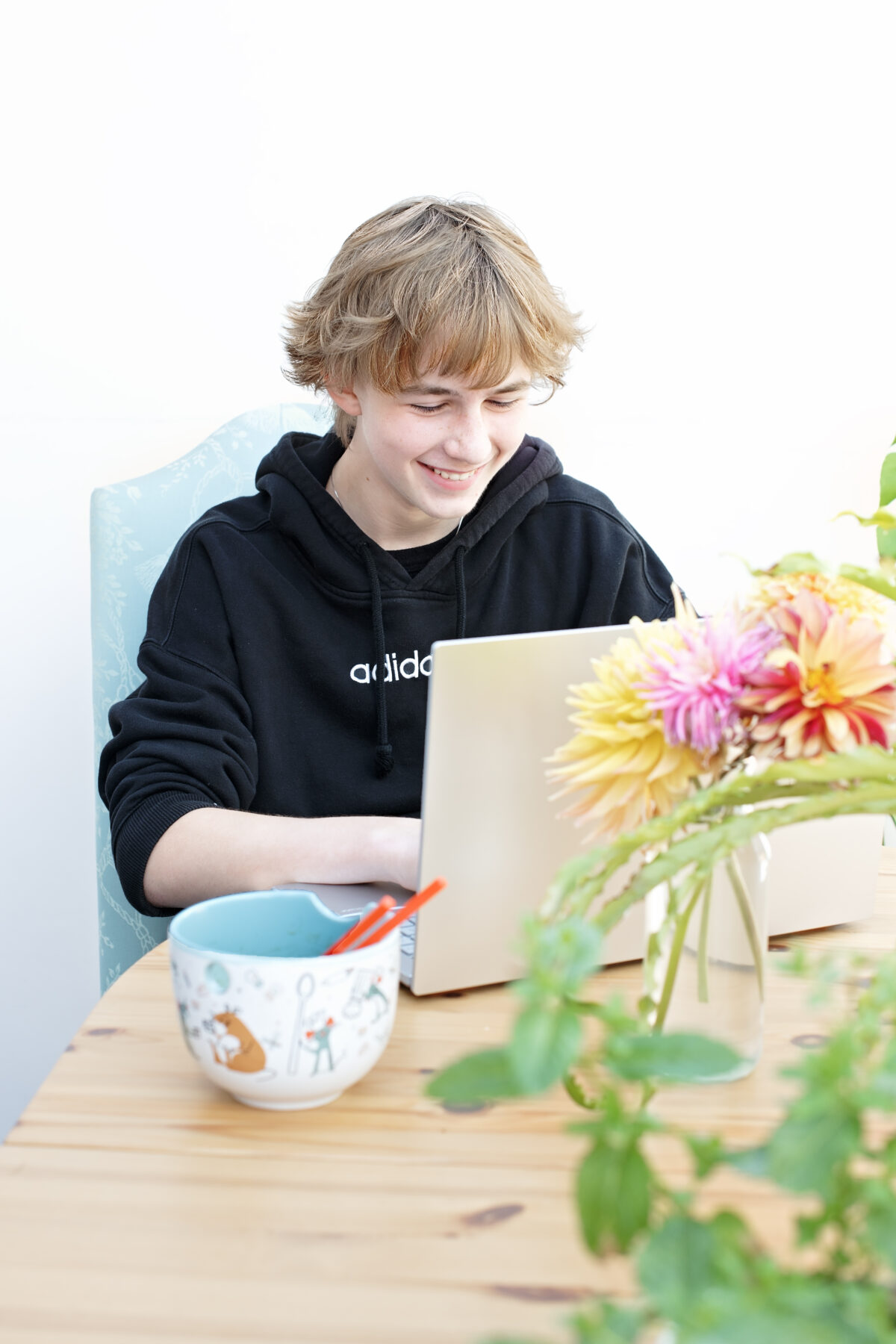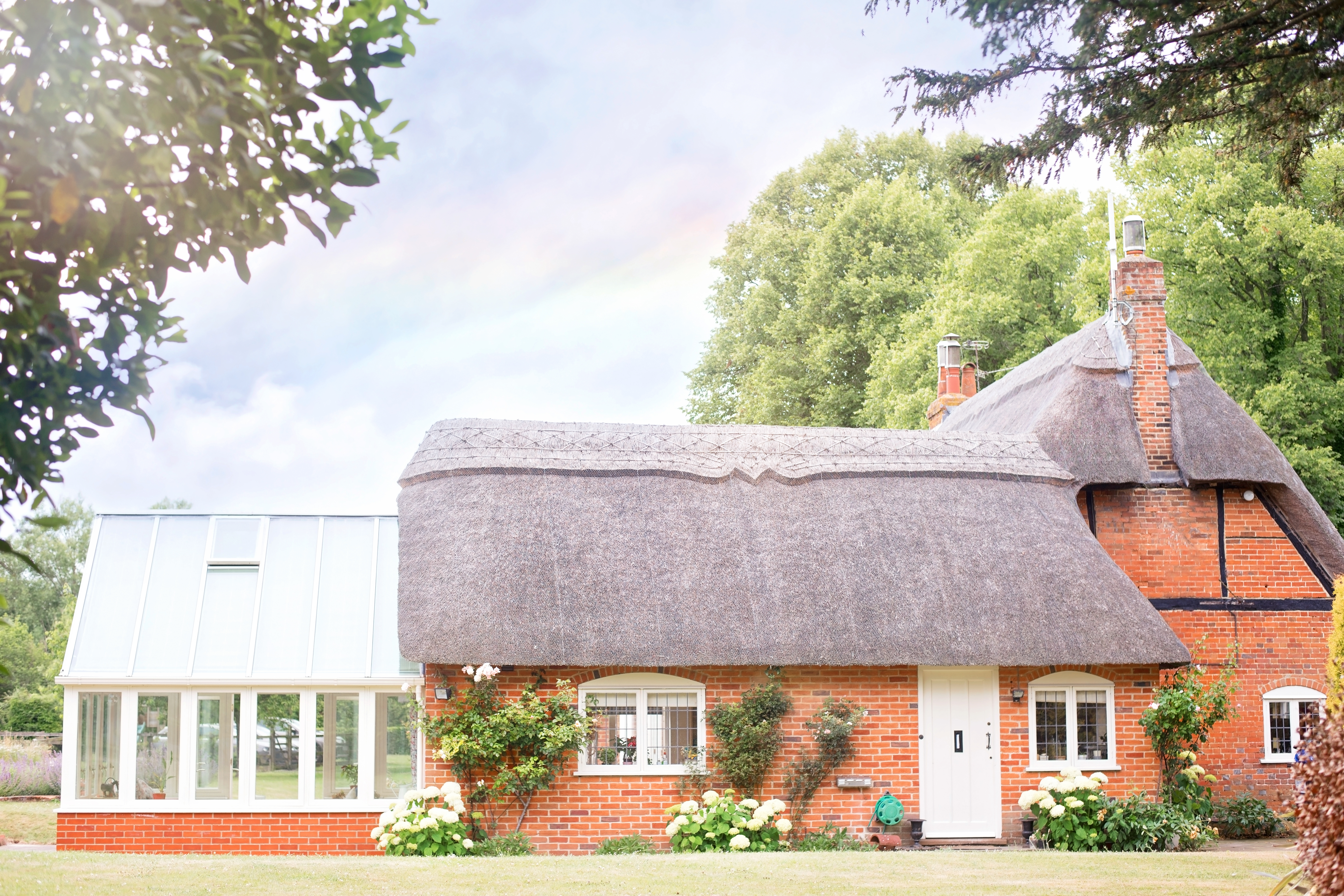Setting Up the Perfect Study Space for Your Child
A well-designed study space can make a world of difference in your child’s focus, motivation, and love of learning. Whether they’re tackling homework, preparing for exams, or exploring creative projects, their environment plays a huge role in how effectively they learn. The goal isn’t to create a Pinterest-perfect setup, it’s to design a space that helps your child feel calm, organised, and inspired. Here are some tips from an independent school in Hertfordshire on how to create the perfect study space at home.

Choose the Right Location
The first step is finding a spot where your child can concentrate. Look for a quiet area away from distractions like the TV or household noise.
If your home is busy, consider using:
A corner of their bedroom with a desk and shelves.
A section of the living room separated by a small screen or bookshelf.
Even a nook under the stairs can become a mini study zone with clever use of
lighting and storage.
Natural light is ideal, it boosts mood and focus, but if that’s not possible, use a bright desk lamp with soft white light to prevent eye strain.
Invest in Comfort and Ergonomics
Your child’s physical comfort directly affects their ability to concentrate. Choose a sturdy desk and an adjustable chair that supports good posture.
When seated:
Feet should rest flat on the floor (or on a footrest).
The desk should be at elbow height.
The top of the computer screen should be at eye level.
A comfortable space helps prevent fidgeting and fatigue, key for longer study sessions.
Keep It Organised
Clutter can quickly derail focus. Help your child keep their workspace tidy by including:
Drawers or storage boxes for stationery and supplies.
Shelves for books and folders and a cork board or magnetic board for reminders and schedules.
Teach your child to tidy up at the end of each study session, it’s a small habit thatkeeps their environment (and mind) clear.
Personalise the Space
A study space should feel inviting and reflect your child’s personality. Encourage
them to add small personal touches, artwork, photos, or inspirational quotes. A little
creativity helps transform the space into something they want to use, not just have to
use.
Try adding:
A plant for a touch of nature and freshness.
A colourful calendar or planner.
A favourite mug for pens and pencils.
The more ownership your child feels over their space, the more likely they are to use
it productively.
Minimise Distractions
Even the best-designed space won’t help if distractions creep in.
A few strategies:
Keep phones, gaming devices, and toys out of reach during study time.
Use apps or settings that block distracting notifications on computers or tablets.
Consider background music or white noise if total silence feels too quiet; instrumental or classical music often works best.
Help your child establish a routine: set clear “study hours” where the space is for learning only, and schedule breaks to recharge.
Set the Mood with Lighting and Colour
Lighting and colour can subtly influence mood and concentration.
Warm lighting creates a calm atmosphere for reading.
Cool, bright lighting is energising and ideal for focused tasks.
Colours like blue and green promote calm and focus, while yellow can boost creativity.
You don’t need to redecorate, even small touches like coloured desk accessories or a cheerful noticeboard can enhance the study environment.
Make Room for Movement. Children often focus better when they can move around a little. If possible, create space for stretching or standing work. Some families use standing desks or allow short “movement breaks” every 20–30 minutes. Movement keeps energy levels balanced and helps kids stay alert, especially during longer study periods.
Encourage Ownership and Routine
Finally, involve your child in setting up and maintaining their study space. Let them choose where things go and how to decorate it. When they feel a sense of ownership, they’ll take more pride in keeping it neat and using it regularly. Pair the space with a consistent routine; a set time for homework or reading each
day. A stable environment plus structure helps make studying feel natural rather than forced.
Creating the perfect study space isn’t about spending a fortune, it’s about designing an environment that supports focus, comfort, and creativity. By combining good lighting, organisation, and a touch of personal flair, you can help your child build healthy study habits that last a lifetime. A thoughtfully designed study space tells your child one important thing: their learning matters.

